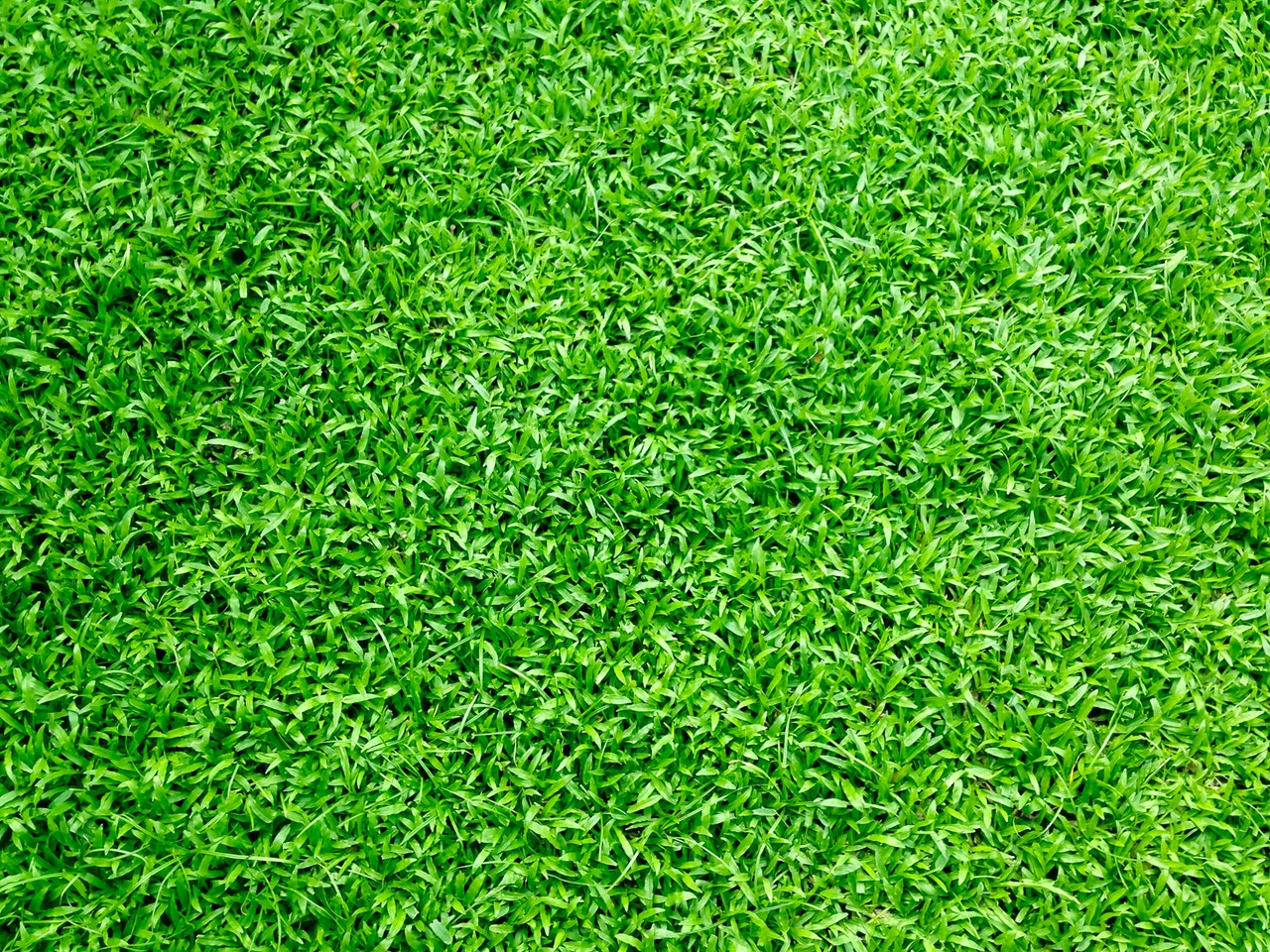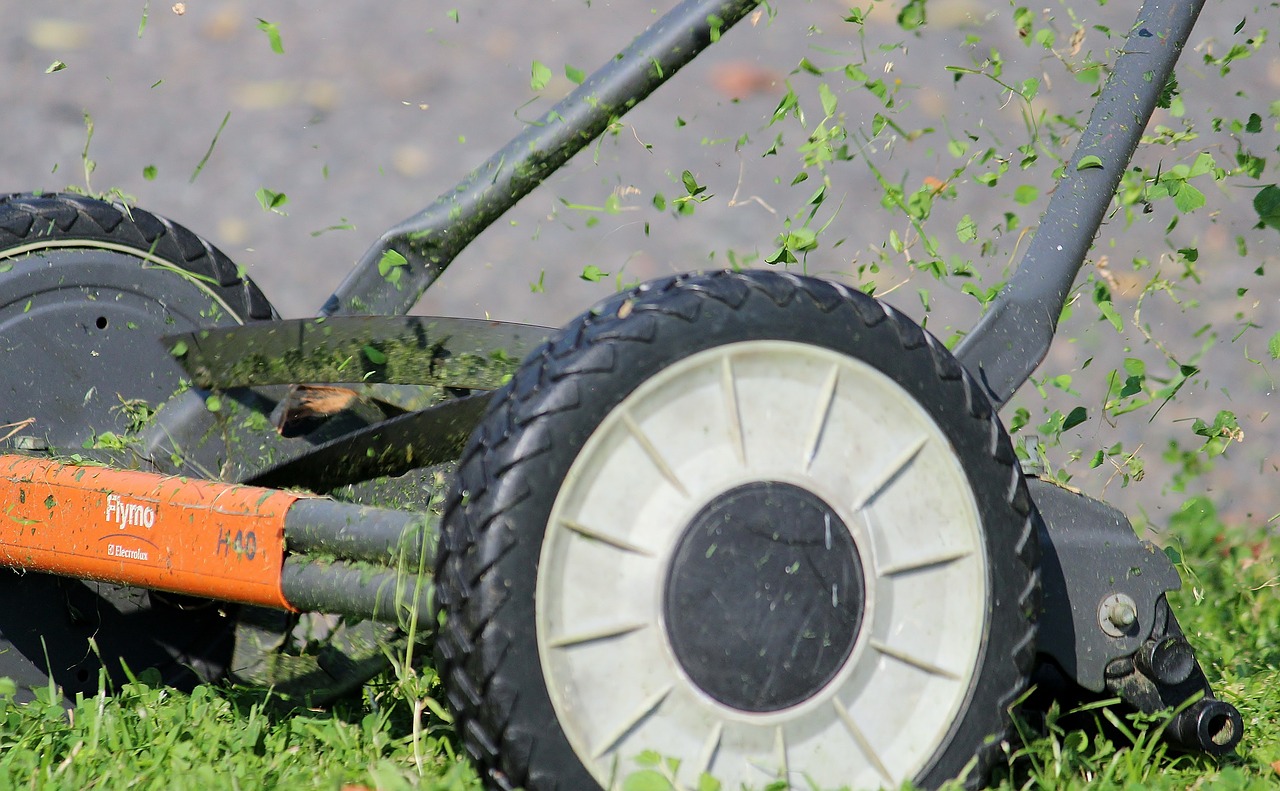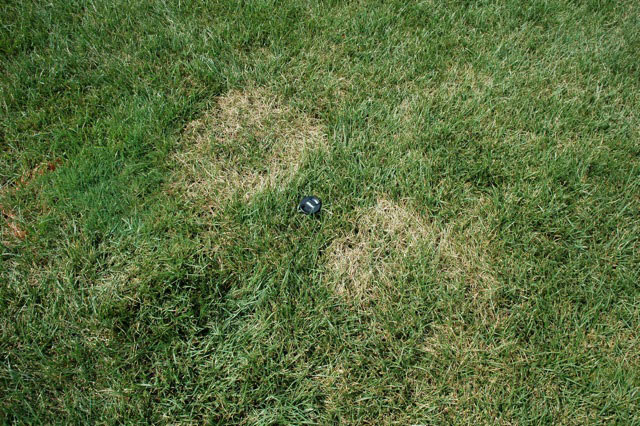Columbia, SC Fall Lawn Care Guide

Lawns across Columbia are populated by a variety of warm-season grasses, which means the fall season leads into many dormant lawns. However, this season is an important one for ensuring your lawn’s resilience, as many threats arise that can threaten your lawn’s health for the upcoming year. By taking care of these specific steps between September and November, your lawn will emerge from the winter into the spring with a greener and healthier turf.
Herbicides
The fall is an excellent time to prepare your lawn for the upcoming winter, as well as the spring. Apply pre-emergent herbicides in early September in order to prevent the emergence of many grassy and broad-leafed weeds, including dandelions and crabgrass. Once an application is made, it is best to wait another 8 to 10 weeks before a second application. The use of herbicides helps to stop these commonly frustrating weeds from spreading to your lawn in the first place, so be sure not to skip this step.

Mowing
As the weather turns cooler, it is recommended to slightly raise your mower height to cut your turfgrass higher than usual. For the fall and winter, this helps your lawn resist diseases, and helps prevent any weeds from establishing themselves, while also protecting your lawn against the upcoming cold. During this time it is still recommended to mulch your grass clippings. This mulch is small natural fertilizer that adds a boost to the growth of grass even at the end of this season. It is still important when mowing to ensure that you are never cutting more than a third of your grass’ height off at a time.

Fertilization
Columbia is a host to many varieties of grasses, however, they are almost all warm season ones. For these grasses such as centipede grass or St. Augustine grass, it is important that you do not apply nitrogen fertilizer during the fall. The only additives to use for your lawn during this time should be about a pound per 1000 square feet of potash, a fertilizer which is mostly potassium. This addition can help give your lawn an extra hardiness to resist any winter injury.
Fungicide
Turfgrass diseases, especially large patch, can become major issues for a lawn if not treated in the fall. Warm temperatures in the area last well through September, and potential excessive rainfall can allow grass diseases to spread beyond control. If a turfgrass disease is not treated in the fall, a lawn can take much longer to recover during the spring months, leaving even the most well established lawns with large brown patches, or barren dirt spots. For the best results, fungicide should be applied in early October, to prevent any turfgrass diseases from spreading to your lawn in the first place.

Watering
As the weather becomes colder, you should only water your lawn in the absence of rainfall. During this time, a warm-season lawn will become dormant, and at that point, you should be watering it only enough to avoid excessive dehydration. To do this, only water your lawn when the soil is excessively dry, and only water more sparse areas that need extra growth, rather than the whole lawn. Never water your lawn if the soil is still moist.
Check out our Columbia lawn care to see how you can have a stunning lawn year round.
Areas we service near Columbia